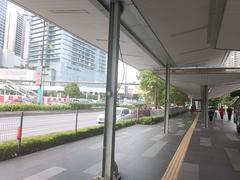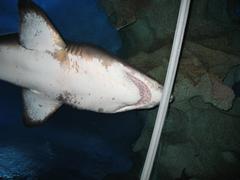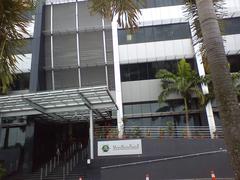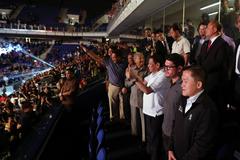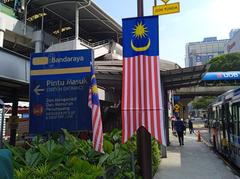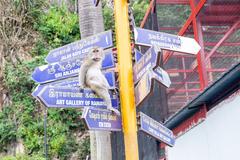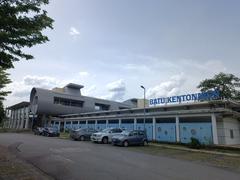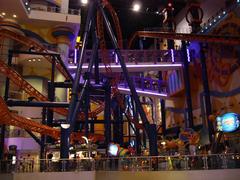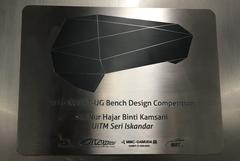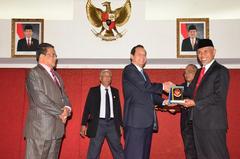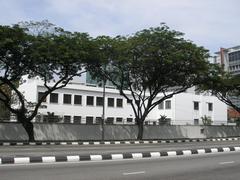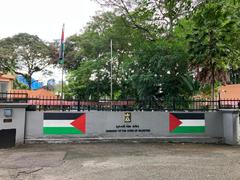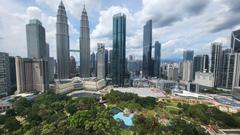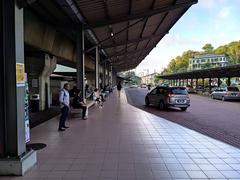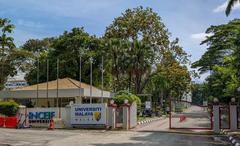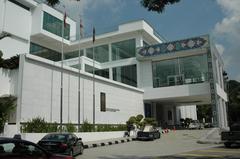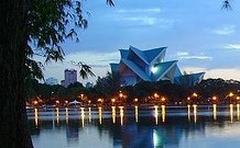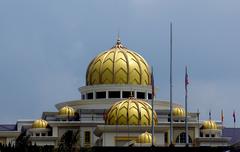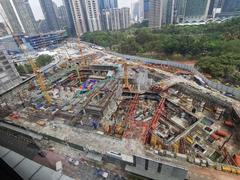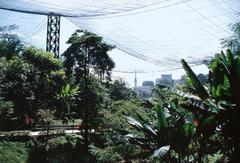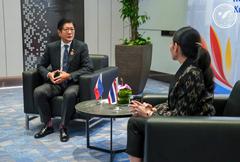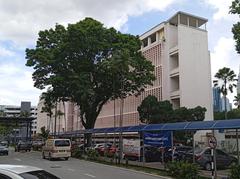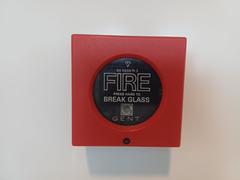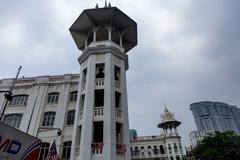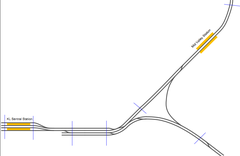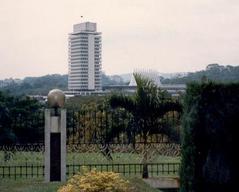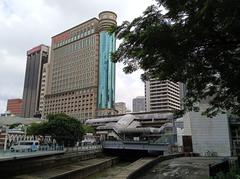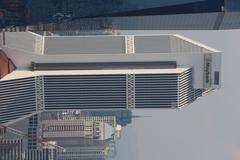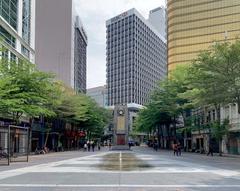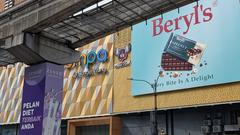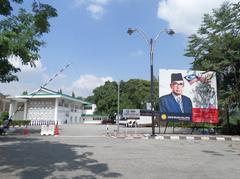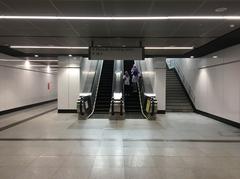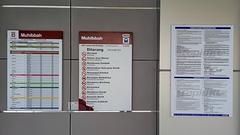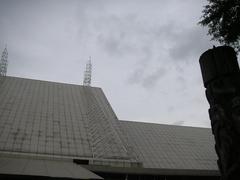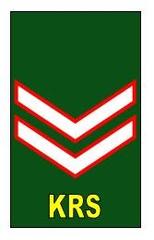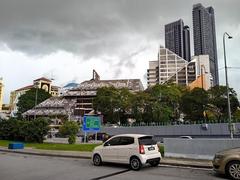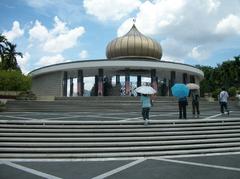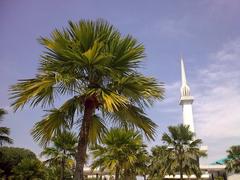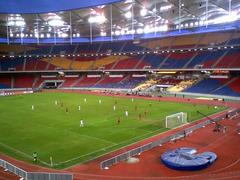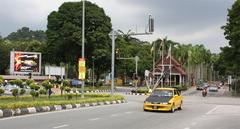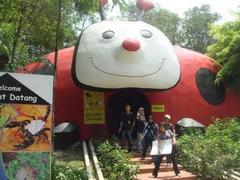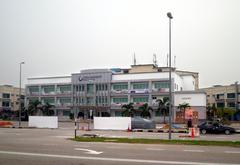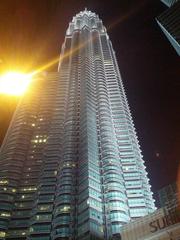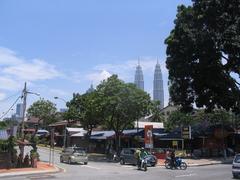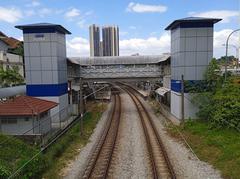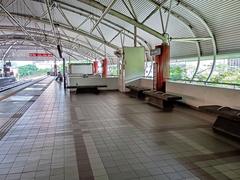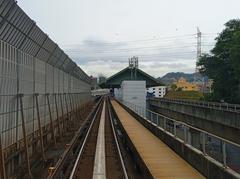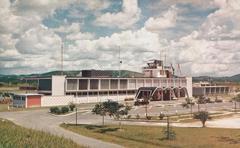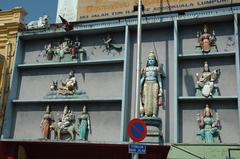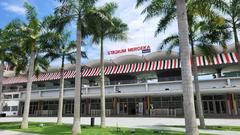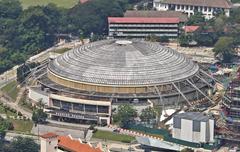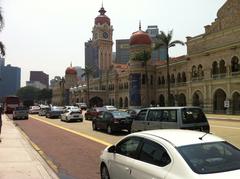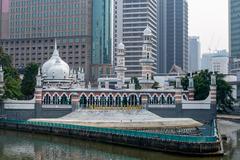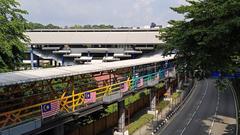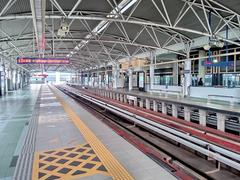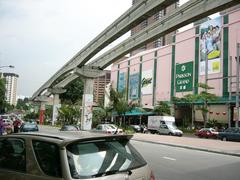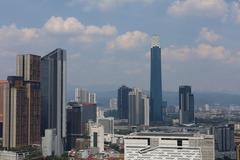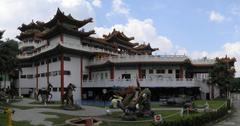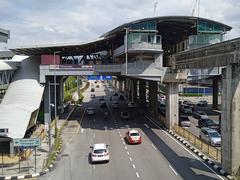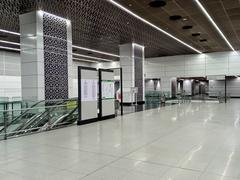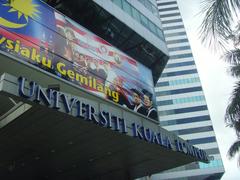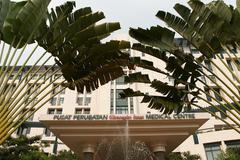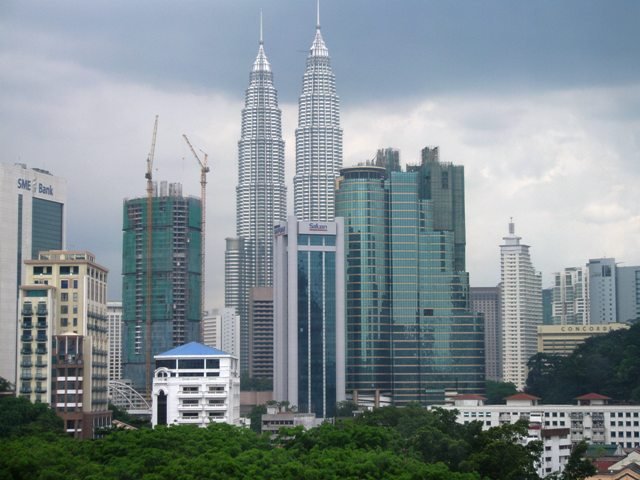
Kuala Lumpur City Centre (KLCC) Visiting Hours, Tickets, and Attractions Guide
Date: 14/06/2025
Introduction: The Heart of Modern Kuala Lumpur
Kuala Lumpur City Centre (KLCC) stands as a shining emblem of Malaysia’s rapid modernization and multicultural identity. Anchored by the awe-inspiring Petronas Twin Towers, KLCC is a prime example of strategic urban planning and architectural ambition. Once a colonial-era residential zone and racetrack, the area has been transformed into a bustling hub for commerce, culture, recreation, and tourism—a living testament to Malaysia’s Vision 2020 of global recognition and sustainable development (histofreak.com; en.wikipedia.org).
At the core of KLCC, the Petronas Twin Towers, designed by César Pelli and completed in 1998, soar 452 meters above the city, holding the title of the world’s tallest twin towers. Their Islamic-inspired geometric design and advanced engineering reflect a harmonious blend of Malaysia’s cultural heritage and technological innovation (Petronas Twin Towers; Very Real Andrew).
This guide offers essential information for visitors, covering attractions, visiting hours, ticketing, accessibility, travel tips, and highlights of KLCC’s surrounding amenities. Whether your interests lie in iconic architecture, lush urban parks, or vibrant cultural experiences, KLCC provides a comprehensive window into the past, present, and future of Kuala Lumpur (CK Travels; slideshare.net).
Table of Contents
- Early History and Colonial Foundations
- Urbanization and Expansion in the 20th Century
- The Vision for KLCC: From Racetrack to City Icon
- The Rise of the Petronas Twin Towers
- KLCC Visitor Essentials
- Special Events and Photographic Highlights
- Main and Nearby Attractions
- Socioeconomic Impact and Urban Evolution
- Frequently Asked Questions (FAQ)
- Conclusion and Visitor Recommendations
- References
Early History and Colonial Foundations
Kuala Lumpur began as a tin mining settlement in 1857 at the convergence of the Gombak and Klang rivers, quickly developing into a multicultural hub due to the influx of Malay, Chinese, and Indian communities (histofreak.com). Under British colonial rule, the city was designated the capital of the Federated Malay States in 1896 and saw the establishment of key municipal institutions to manage urban growth. By 1931, Kuala Lumpur’s population exceeded 110,000, reflecting its emergence as a significant regional center.
Urbanization and Expansion in the 20th Century
In the 20th century, Kuala Lumpur expanded beyond its original core through conurbation and the development of satellite towns like Petaling Jaya and Shah Alam (histofreak.com). The designation of Kuala Lumpur as a Federal Territory in 1974 marked a turning point, enabling greater investment in infrastructure and urban development, especially under the New Economic Policy. By the 1980s, Kuala Lumpur was firmly established as Malaysia’s economic and cultural engine.
The Vision for KLCC: From Racetrack to City Icon
The KLCC concept took shape in the late 1980s as Malaysia sought to create a “city within a city” symbolizing national progress. The site was previously home to the Selangor Turf Club, a colonial-era racetrack surrounded by upscale residences (en.wikipedia.org). The area was cleared in 1988 for redevelopment, paving the way for a transformative project that would become the new commercial, cultural, and recreational heart of Kuala Lumpur.
The Rise of the Petronas Twin Towers
KLCC’s masterplan, crafted by international architects, envisioned an integrated district of office towers, hotels, retail spaces, convention centers, and green parks (mir.com.my). The Petronas Twin Towers, constructed from 1993 to 1999, quickly became a defining symbol of Malaysia’s modernization, blending Islamic architectural motifs with cutting-edge engineering (slideshare.net). The development also features Suria KLCC mall, Kuala Lumpur Convention Centre, As Syakirin Mosque, and the 50-acre KLCC Park (en.wikipedia.org).
KLCC Visitor Essentials
Visiting Hours and Ticketing
- Petronas Twin Towers: Open Tuesday to Sunday, 9:00 AM – 9:00 PM (last entry 8:30 PM), closed Mondays and public holidays.
- Tickets: MYR 80 (adults), MYR 33 (children). Advance online booking is strongly recommended due to limited daily slots. Limited walk-in tickets are available early each morning (Petronas Twin Towers).
Guided Tours and Accessibility
- Guided Tours: Available and highly recommended for insights into the towers’ architecture and history.
- Accessibility: KLCC and major attractions are fully wheelchair accessible; lifts, ramps, and accessible restrooms are provided.
Travel Tips
- Arrive early for the best ticket availability and smaller crowds.
- Weekdays offer a quieter experience.
- Best photo opportunities are during sunset and at night when the towers are illuminated.
- Use public transport: KLCC LRT and Persiaran KLCC MRT stations offer direct access.
Special Events and Photographic Highlights
KLCC hosts numerous annual events, from cultural festivals to seasonal light shows. The nightly Lake Symphony fountain show at KLCC Park (8:00, 9:00, and 10:00 PM) is a must-see. Top photo spots include the towers’ Skybridge, the fountains in KLCC Park, and views from nearby rooftop bars (CK Travels; The Broke Backpacker).
Main and Nearby Attractions
- Suria KLCC: Six-storey shopping mall with luxury brands, dining, and cultural venues (Audiala).
- KLCC Park: Landscaped gardens, jogging tracks, and Lake Symphony.
- Aquaria KLCC: Oceanarium with a 90-meter tunnel (CK Travels).
- Petrosains Discovery Centre: Interactive science exhibits.
- Petronas Art Gallery: Contemporary Malaysian and international art.
- Kuala Lumpur Convention Centre: Major events and exhibitions (TW Media).
- Saloma Bridge: Colorful pedestrian link between Kampung Baru and KLCC.
- KL Tower (Menara Kuala Lumpur): Observation decks and revolving restaurant (CK Travels).
Socioeconomic Impact and Urban Evolution
KLCC’s transformation has elevated Kuala Lumpur’s status as a global business and tourism destination, attracting multinational corporations and millions of annual visitors (en.wikipedia.org). Its integration of commercial, cultural, and green spaces fosters community interaction and demonstrates Malaysia’s commitment to sustainable urban growth (tripventure.uk). However, rapid development has also presented challenges like traffic congestion and rising property prices (histofreak.com).
KLCC continues to evolve with new skyscrapers, improved transport links, and an emphasis on balancing commerce, culture, and environmental sustainability (en.wikipedia.org). Its enduring appeal lies in its ability to honor heritage while embracing innovation.
Frequently Asked Questions (FAQ)
Q: What are the Petronas Twin Towers visiting hours?
A: Tuesday to Sunday, 9:00 AM – 9:00 PM. Closed Mondays and public holidays.
Q: How do I purchase tickets?
A: Online via the official website or at the ticket counter (limited availability, early morning recommended).
Q: Are KLCC attractions wheelchair accessible?
A: Yes, all major sites including the towers, Suria KLCC, Aquaria KLCC, and KL Tower are accessible.
Q: Are guided tours available?
A: Yes, guided tours include Skybridge and observation deck access.
Q: What are the best times for photography?
A: Early morning, sunset, and nighttime for illuminated views of the towers.
Conclusion and Visitor Recommendations
KLCC is a vibrant showcase of Malaysia’s ambition, diversity, and resilience. With its iconic skyline, world-class attractions, green spaces, and cultural vibrancy, KLCC is a must-visit for anyone exploring Kuala Lumpur. Plan ahead by booking tickets in advance, use public transit for ease of access, and take time to enjoy both the modern marvels and historical sites within and around KLCC. For the latest updates, ticketing, and event schedules, consult official sources and dedicated travel platforms.
Experience the best of Kuala Lumpur at KLCC—where tradition meets innovation and every visitor finds something memorable.
References
- Kuala Lumpur’s origins and urban transformation, 2023, Histofreak
- Kuala Lumpur City Centre, 2024, Wikipedia
- A brief background development history on KLCC, 2017, Slideshare
- The Petronas Twin Towers design and symbolism, 2024, Petronas Twin Towers Official Website
- The Petronas Towers: Symbol of Malaysian Globalization, 2020, Very Real Andrew
- KLCC Attractions and Visitor Guide, 2024, CK Travels
- Kuala Lumpur Convention Centre Event Impact, 2025, TW Media
- Iconic Petronas Twin Towers Symbolise Modern Malaysia, 2017, RETalk Asia
- Aquaria KLCC and Cultural Attractions, 2024, Audiala


